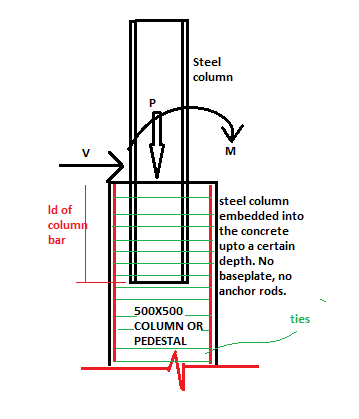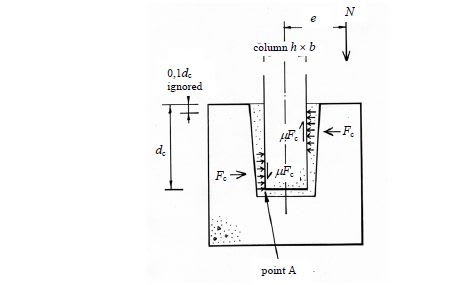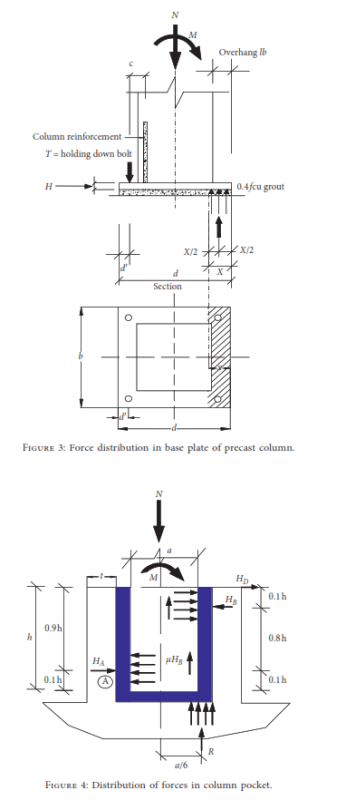NewbieInSE
Structural
- Dec 19, 2019
- 234
Hello Dear Engineers,
This one seems to be pretty complex to me. We have a problem which I'm pretty confused about the load transfer mechanism from steel to the pedestal. Please see the following figure.

It would be great if you could give me some idea and a book/code reference on how to deal with such a problem. It is to note that, in this problem baseplate and bolts cannot be used.
Thanks for your spontaneous suppport.
This one seems to be pretty complex to me. We have a problem which I'm pretty confused about the load transfer mechanism from steel to the pedestal. Please see the following figure.

It would be great if you could give me some idea and a book/code reference on how to deal with such a problem. It is to note that, in this problem baseplate and bolts cannot be used.
Thanks for your spontaneous suppport.




![[lol] [lol] [lol]](/data/assets/smilies/lol.gif)